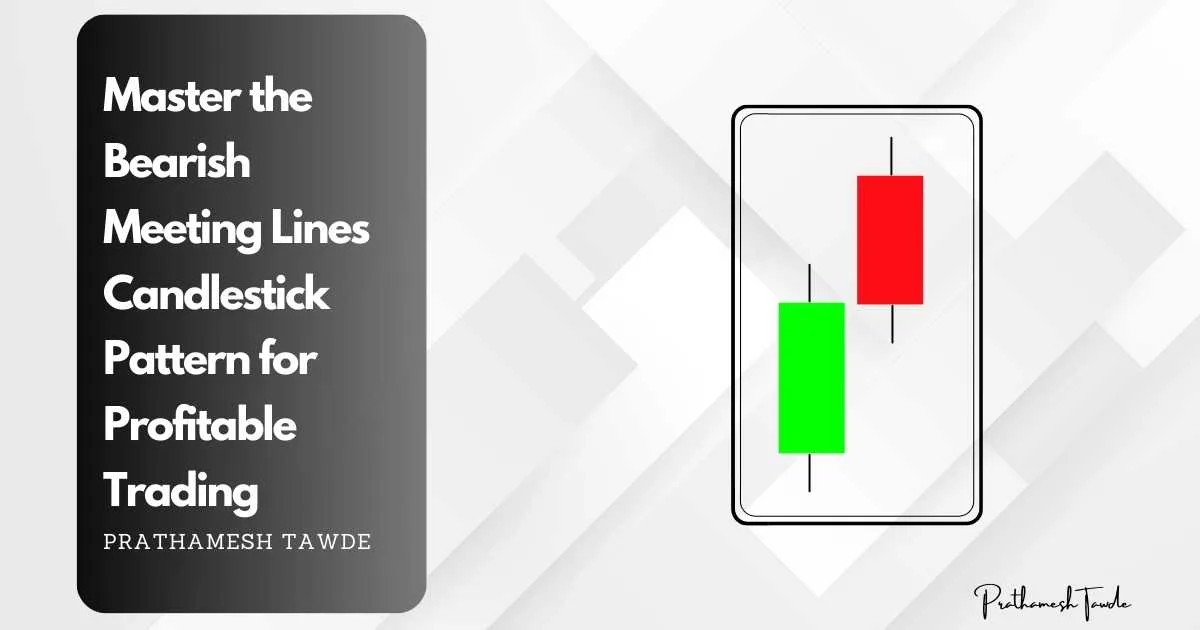Master the Ascending Triangle Pattern for Breakout Success
- Prathamesh Tawde
- December 16, 2023
Introduction
When diving into technical analysis, the ascending triangle pattern stands out. It is one of the most reliable and easy-to-spot formations. This pattern is crucial for traders. They aim to predict breakouts and profit from market moves. But what exactly is an ascending triangle, and why is it so important in technical analysis? Let’s explore this in detail.
Understanding the Ascending Triangle Chart Pattern
Definition and Characteristics
The pattern is a bullish continuation. It forms as the trend goes up. It has a horizontal line at the top, called resistance, and an ascending trendline at the bottom, called support. As the pattern develops, the price movement tightens, indicating a potential breakout.
Components of the Ascending Triangle
It is a bullish continuation pattern. It forms during an uptrend. It consists of two main components:
Flat Resistance Level: A horizontal line connecting the highs.
Rising Support Level: An upward-sloping line connecting the lows.
Key Components of an Ascending Triangle
Upper Horizontal Line: The price repeatedly hits it. But, it fails to break through.
Ascending trendline (support): It connects the higher lows and shows more buying pressure.
Volume: Typically decreases during the formation and surges on the breakout.
Formation of the Ascending Triangle
How It Develops
The triangle forms over time. The price action makes higher lows, showing rising demand. Meanwhile, the resistance line remains constant. It shows sellers are stopping the price from rising. Eventually, the buying pressure overcomes the selling pressure, leading to a breakout.
Identifying the Upper Horizontal Line
To spot the upper line, look for at least two to three touches at the same price level. The price must fail to break higher.
Recognizing the Ascending Trendline
The ascending trendline is drawn by connecting at least two higher lows. This line supports that idea. It shows that buyers are willing to pay more.
Psychology Behind the Pattern
Market Sentiment and Behavior
The ascending triangle represents a battle between buyers and sellers. The flat resistance line shows sellers’ strength. The rising support line reflects growing buying pressure. This tug-of-war continues until buyers gain the upper hand.
Bullish Expectations
Traders interpret the ascending triangle as a bullish signal. The higher lows show that buyers are getting stronger. This sets the stage for a potential breakout above resistance.
Trading the Ascending Triangle
Entry Points
Enter a trade when the price breaks above the upper horizontal resistance line. This breakout should be accompanied by a big increase in volume. It will confirm the move.
ascending triangle pattern breakout Confirmation
Wait for a candlestick to close above the resistance line to confirm the breakout. Some traders prefer waiting for a retest of the breakout level before entering a trade.
Setting Stop Losses
Place a stop loss just below the last higher low or the ascending trendline. This protects against false breakouts and limits potential losses.
Advantages of Using the Ascending Triangle
Predictive Power
The ascending triangle is known for its predictive power in bullish markets. It signals an upward breakout is likely. This gives traders a clear opportunity.
Reliability in Bullish Markets
In bullish market conditions, the ascending triangle is particularly reliable. The pattern’s structure indicates strong buying pressure, increasing the likelihood of a breakout.
Limitations and Risks
False Breakouts
One main risk is the false breakout. The price briefly breaks above resistance but then falls back below it. This can result in losses if not managed correctly.
Market Volatility
High market volatility can affect the pattern’s reliability. Sudden news or economic events can disrupt the expected breakout. This leads to unexpected price movements.
Comparing Ascending Triangle with Other Patterns
Ascending Triangle vs Descending Triangle
Ascending Triangle
Horizontal Resistance Line: This line marks a level where the price faces resistance. It can’t break through at first.
Ascending Trendline: This lower line connects the higher lows, demonstrating increasing buying pressure.
Volume: Volume decreases during formation and increases significantly at the breakout.
Descending Triangle
Horizontal Support Line: This lower line marks a level where the price repeatedly finds support. But, it fails to break below at first.
Descending Trendline: This upper line connects the lower highs, indicating increasing selling pressure.
Volume: Like the ascending triangle, volume usually drops during the formation. It then rises at the breakout.
The ascending and descending triangles help traders expect market movements. They do this based on established patterns. The ascending triangle is bullish. It signals potential upward breakouts. In contrast, the descending triangle is bearish. It shows potential downward breakouts. By spotting these patterns and their implications, traders can make better choices. They can also create effective trading strategies.
Ascending Triangle vs Symmetrical Triangle
Ascending Triangle
Horizontal Resistance Line:This line indicates a level where the price consistently faces resistance.
Ascending Trendline: This line connects the higher lows, showing increasing buying pressure.
Volume: Volume generally decreases during the formation and increases upon breakout.
Symmetrical Triangle
- Descending Upper Trendline: This line connects the lower highs, indicating decreasing buying pressure.
Ascending Lower Trendline: This line connects the higher lows, showing decreasing selling pressure.
Volume: Volume typically decreases as the pattern forms and increases at the breakout.
You must understand the differences between the ascending triangle and the symmetrical triangle. This is key for effective technical analysis and trading. The ascending triangle is a bullish pattern. It signals potential upward breakouts. The symmetrical triangle is a neutral pattern. It indicates continuation in the prevailing trend’s direction, whether up or down. By seeing these patterns and their implications, traders can better predict market movements. They can also improve their trading strategies.
Technical Indicators to Use Alongside
Volume Analysis
Volume is crucial in confirming breakouts. A significant increase in volume on the breakout indicates strong buying interest.
Moving Averages
Moving averages can provide extra support and resistance levels. This helps validate the breakout, especially the 50-day and 200-day averages.
Relative Strength Index (RSI)
The RSI can help spot overbought or oversold conditions. An RSI above 70 suggests the market may be overbought, while an RSI below 30 indicates it may be oversold.
Strategies for Different Market Conditions
Bullish Market Strategies
In a bullish market, the ascending triangle is a strong signal to enter long positions. Use volume and RSI to confirm the strength of the breakout.
Bearish Market Adjustments
In a bearish market, ascending triangles are less common. However, if one forms, be cautious. Use more signs to confirm the breakout’s validity.
Sideways Market Adaptations
In a sideways market, an ascending triangle can signal the end of consolidation. It marks the start of a new trend. Be patient and wait for clear breakout confirmation.
Ascending Triangle Pattern Targets
Measure the height of the triangle from the initial high to the lowest point and add this distance to the breakout level to determine the target price.
Software and Tools for Identifying Patterns
Best Charting Software
Charting software like TradingView is excellent for identifying ascending triangles. They offer advanced tools for drawing trendlines and analyzing volume.
Automated Pattern Recognition Tools
Automated tools like TrendSpider and Trade Ideas use algorithms to scan for patterns. They look for patterns like the ascending triangle. These tools can save time and increase accuracy.
Expert Tips for Mastering the Ascending Triangle
Common Mistakes to Avoid
Avoid entering trades before the breakout is confirmed. Also, don’t neglect volume analysis, as it’s essential for validating breakouts.
Advanced Trading Techniques
Combine the triangle with other indicators. Use ones like Bollinger Bands and Fibonacci retracements. This will give a more complete analysis. This can help identify additional support and resistance levels.
Conclusion
The ascending triangle pattern is a valuable tool for traders. It gives clear signals for potential breakouts. Traders can improve their market analysis by understanding its origin, psychology, and use. They can also enhance their trading strategies. Confirm breakouts with volume and protect against false signals using risk management techniques.
FAQs
An ascending triangle is a bullish continuation chart pattern. It has a flat resistance level and a rising support level. These show the potential for an upward breakout.
Traders consider the ascending triangle pattern reliable, especially in trending markets. However, confirmation with volume is essential to avoid false breakouts.
You can spot the ascending triangle in many time frames. These range from intraday charts to weekly charts. But daily and weekly charts tend to provide more reliable signals.
To identify an Ascending Triangle pattern, look for:
- A flat or horizontal resistance line formed by at least two highs at the same price level.
- An ascending support line is formed by at least two higher lows.
- The pattern completes when the price breaks above the resistance line. This should happen with increased volume.
Common trading strategies include:
- You should enter a long position when the price breaks above the resistance line. This should be confirmed by increased volume.
- Place a stop-loss order below the rising support line or the latest higher low. This manages risk.
- Set profit targets based on the height of the triangle. The triangle is projected upwards from the breakout point.

I’m Prathamesh Tawde, a leading figure in the dynamic world of financial markets. Born on March 30, 1986, in the vibrant city of Thane, Maharashtra, I’ve nurtured a profound passion for technical analysis and a commitment to guiding individuals toward successful trading journeys. With a mission to empower and educate, I’ve carved a distinct niche as a content creator, educator, and mentor.





